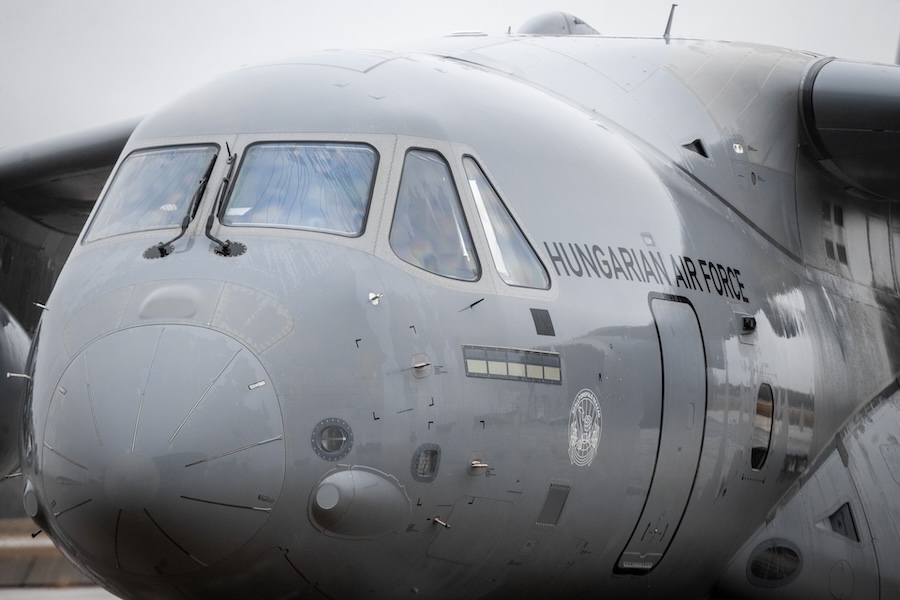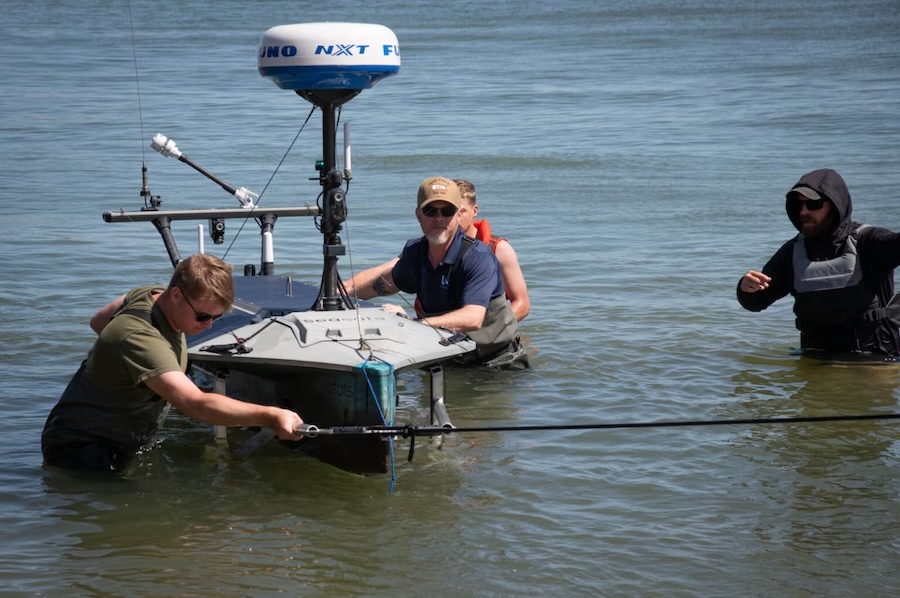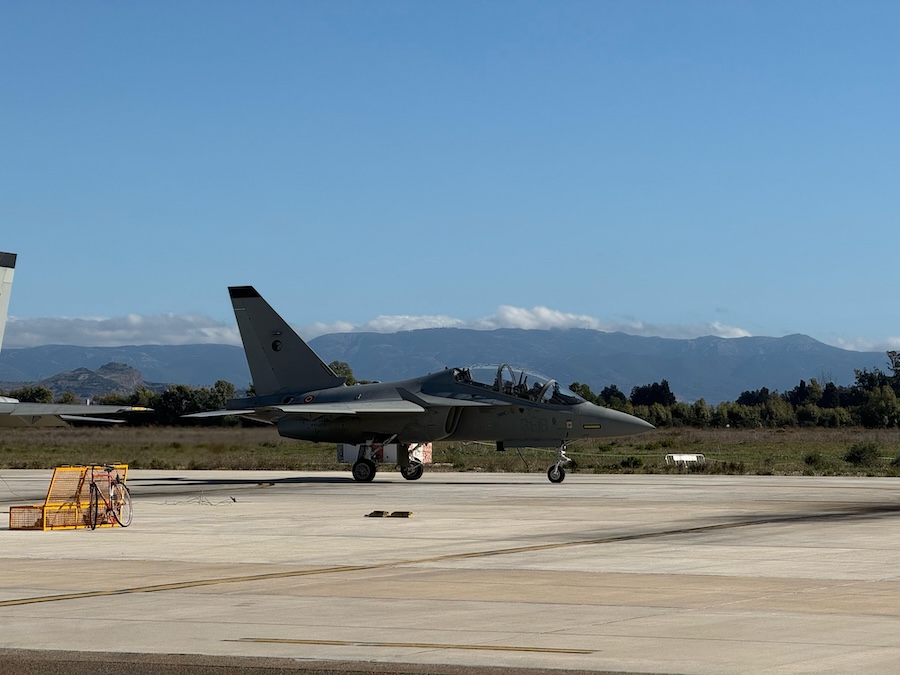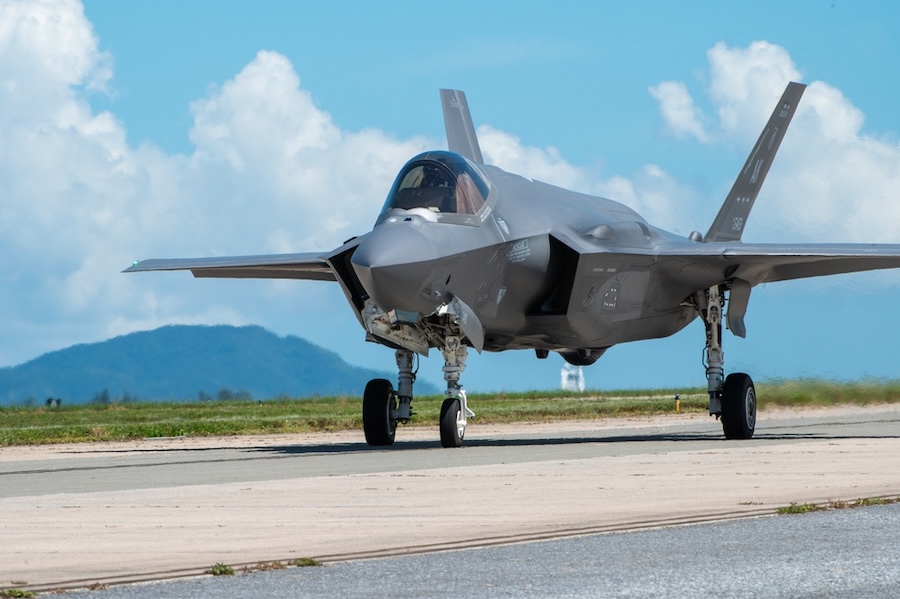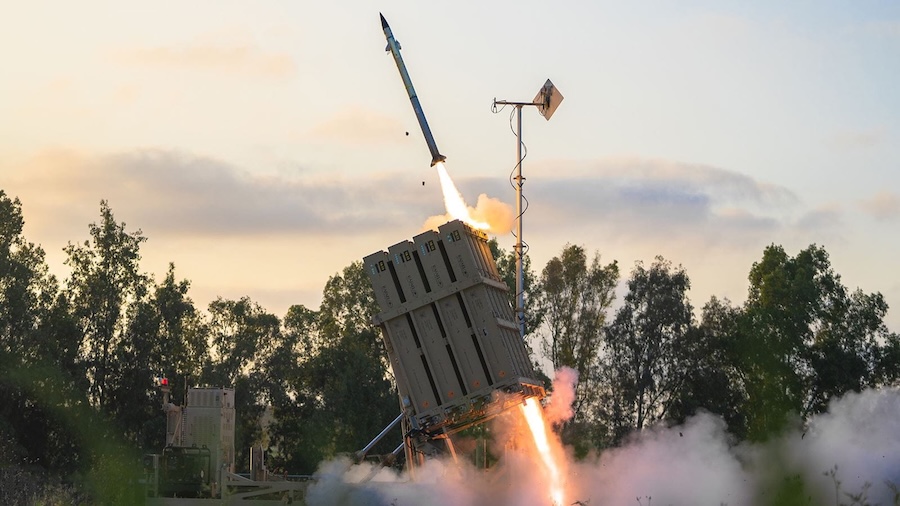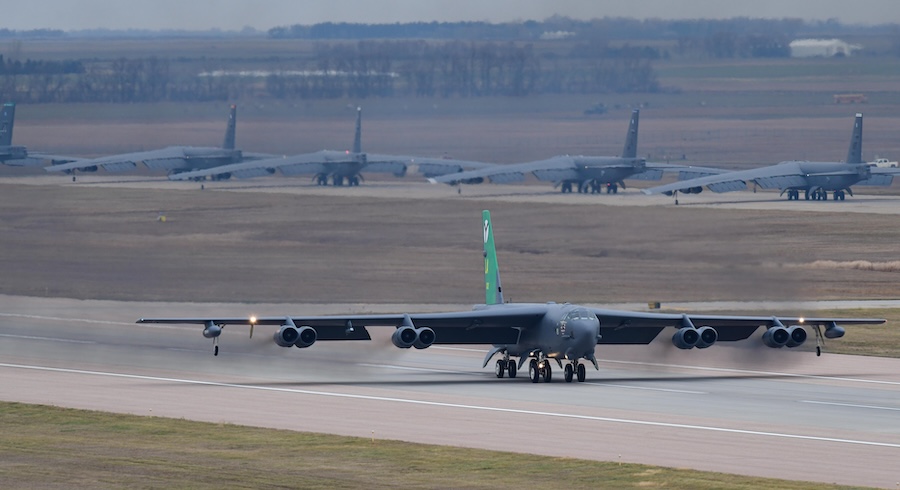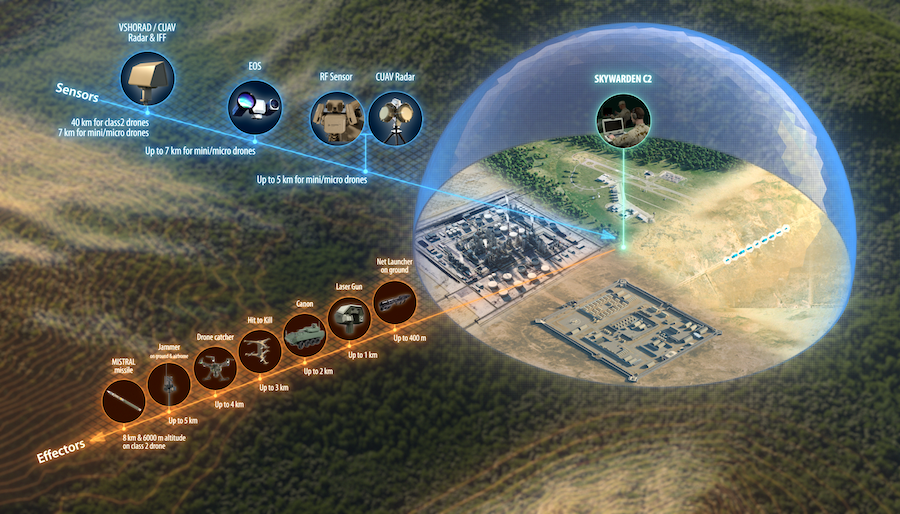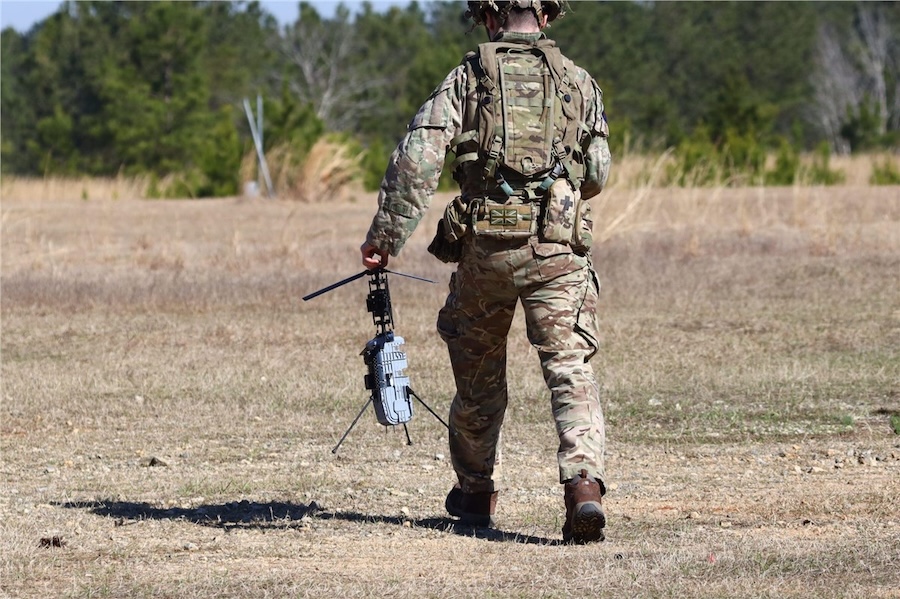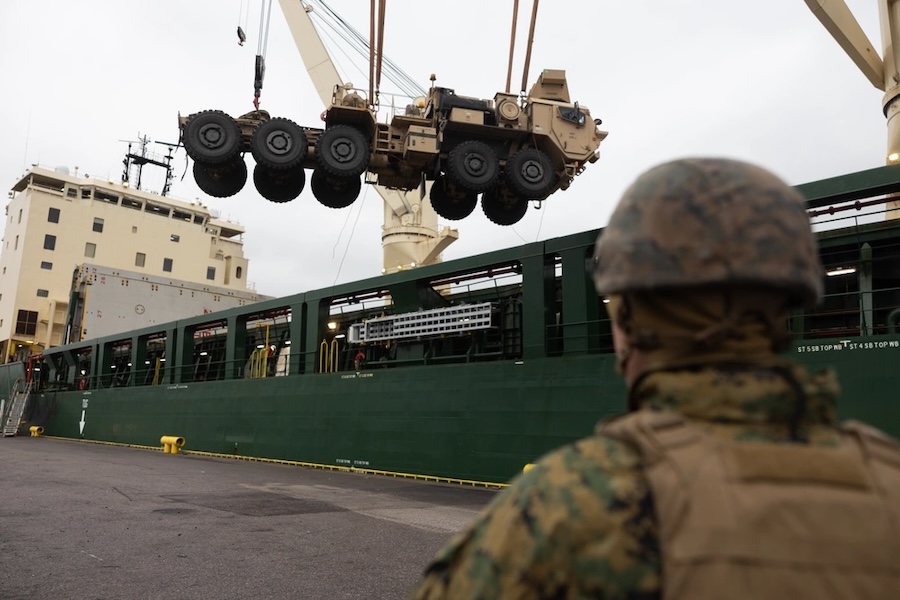The Dutch Ministry of Defence confirmed to Business Insider that the marking was added “after taking out multiple drones in Polish Airspace in September.” It also clarified that the marking appears on only one F-35, and no details were given about the number of drones downed.
Op bezoek bij onze militairen van het F-35 detachement in Polen.
Voor het eerst schakelden zij Russische drones uit boven NAVO-grondgebied.
Niet alleen die nacht, ook nu staan onze mensen 24/7 paraat om het luchtruim van het NAVO-bondgenootschap te verdedigen. Werkelijk klasse! pic.twitter.com/3Ae2amcfq1
— Ruben Brekelmans (@DefensieMin) September 29, 2025
Kill markings on combat aircraft are a long-standing military tradition dating back to World War I, used to symbolise aerial victories. Similar markings were recently seen on US Navy Super Hornets involved in operations against Iran-backed Houthi targets in the Red Sea.
The use of an advanced fighter jet like the F-35 to neutralise low-cost drones has raised concerns about the economic sustainability of such responses. Analysts warn that using expensive platforms against cheap threats highlights the need for more affordable defensive systems.
Since Russia’s full-scale invasion of Ukraine in 2022, NATO aircraft, including Dutch F-35s, have been scrambled multiple times in response to Russian aerial activity near alliance airspace. However, the drone shootdown over Poland marked the first instance of NATO jets destroying Russian aircraft within the alliance’s borders.
The F-35s involved were only a few days into their new patrol along NATO’s eastern frontier when the incident occurred. While Russia claimed the drones had veered off course, Poland’s defence minister strongly refuted this, stating Russia had deliberately violated Polish sovereign airspace.












